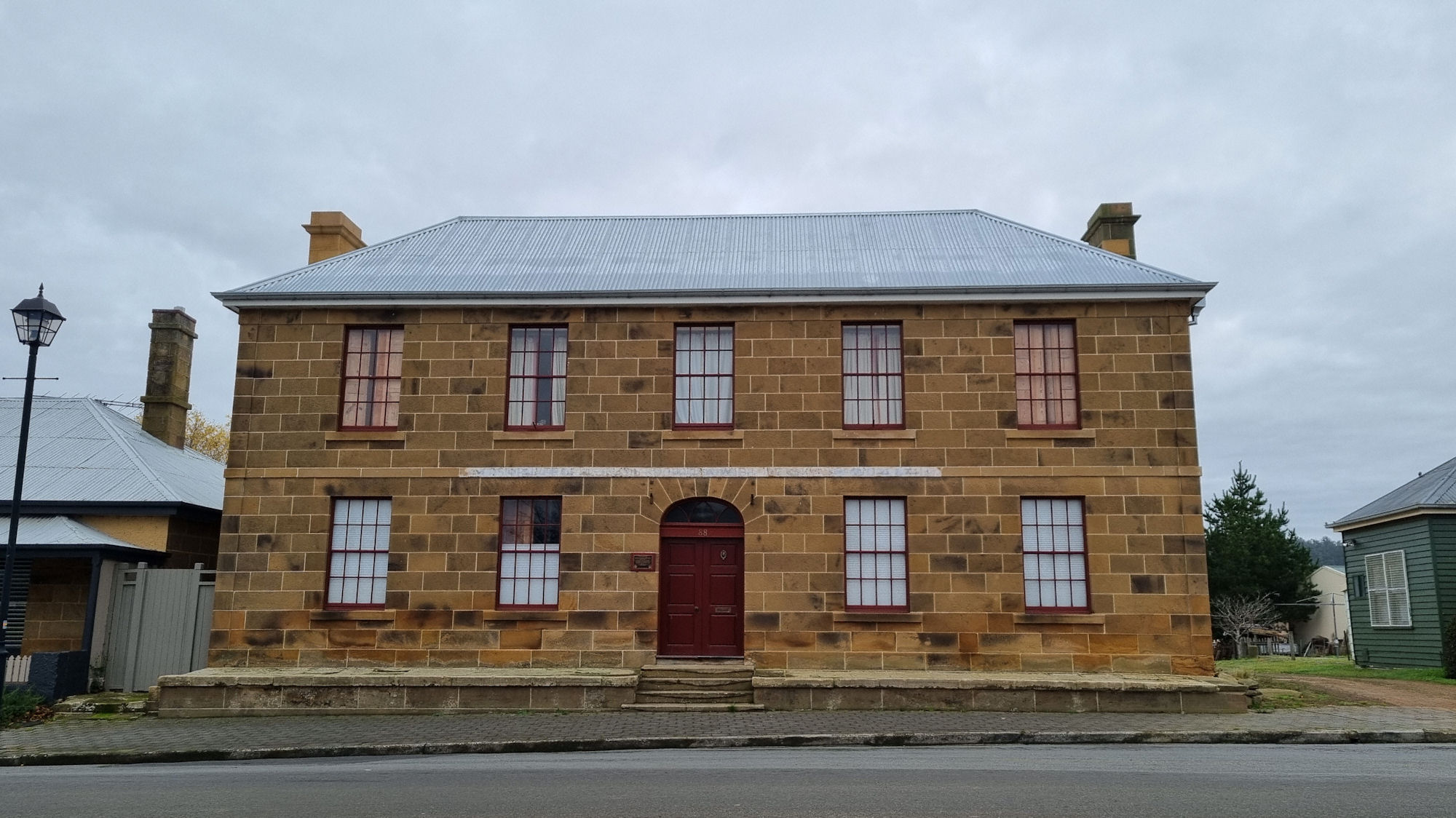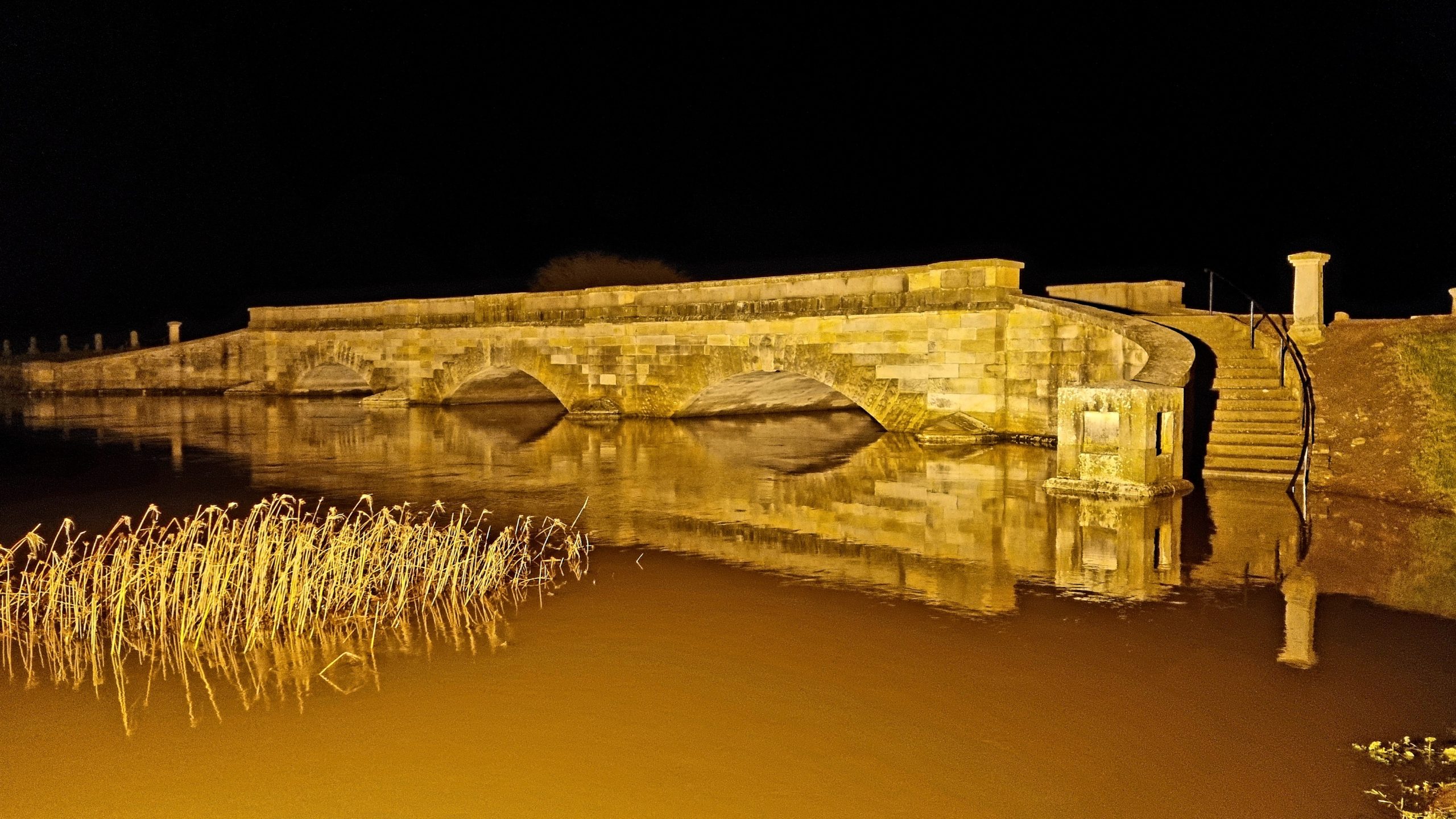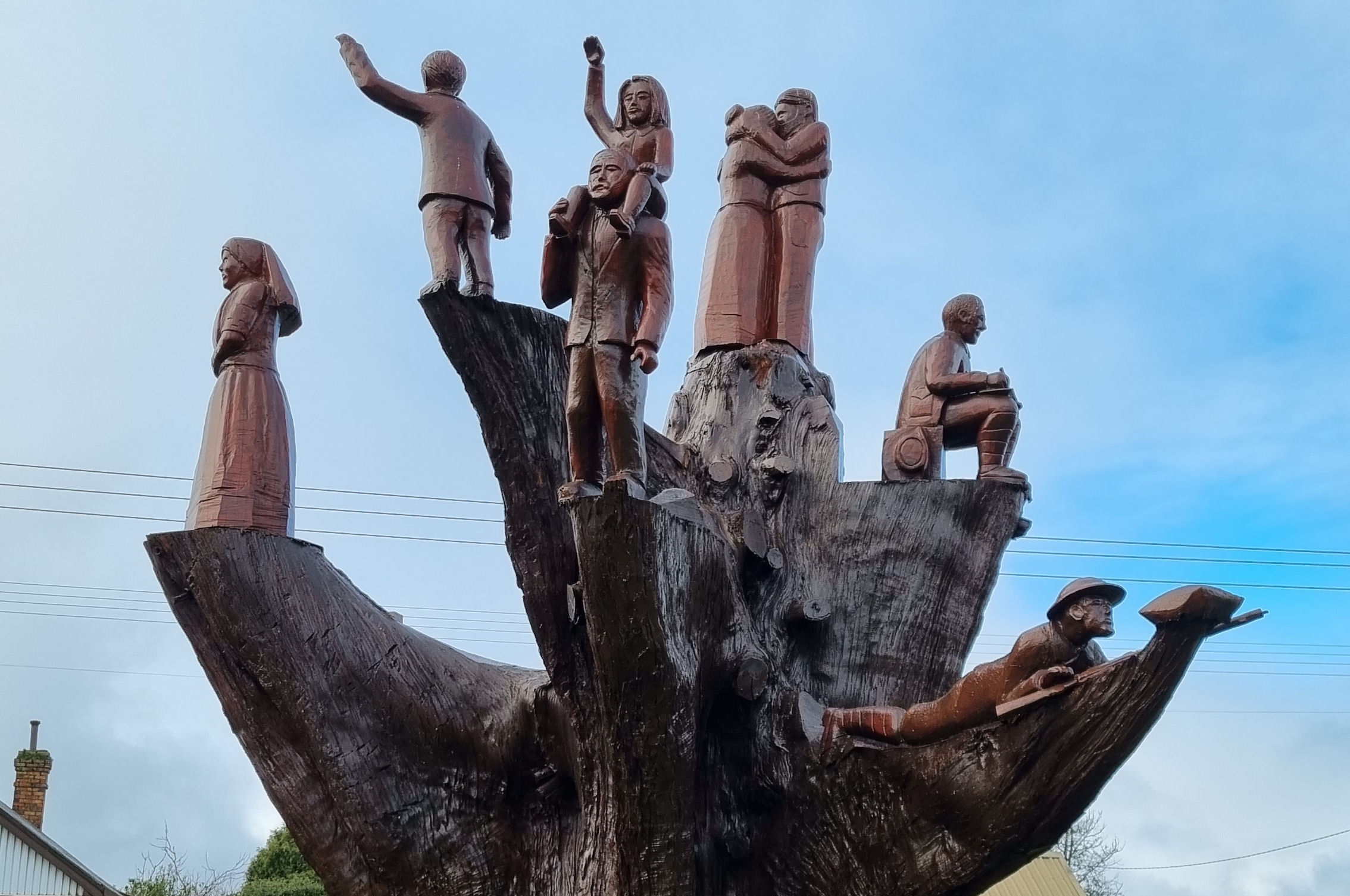Our news
-

Oatlands Convict Buildings Tasmania
Oatlands Only one hour north a Hobart, or 90 minutes south of Launceston, Oatlands has an almost untouched Georgian townscape. We drove through on our way to Bruny Island from Ross early in the morning, so not much was open. After getting our morning coffee, we walked along the main street admiring the old sandstone…
-

Ross a Historic 19th Century Tasmanian Village
Ross Tasmania Built by convict labour in the early 1800s, Ross is a wonderfully preserved 19th century village full of old buildings and history. How to Get There Ross is about a one-hr drive (78 km) south from Launceston and a 90-min drive (121 km) north from Hobart. Ross Bridge Probably the most famous structure…
-

Legerwood Memorial Trees
Legerwood Memorial Trees Created to honour fallen soldiers in World War One, the Legerwood Memorial Trees are a brilliant way to ensure their legacy remains remembered. Following the end of World War One, many towns and cities in Australia chose to honour their fallen soldiers by planting trees to form avenues of remembrance. Planted during…